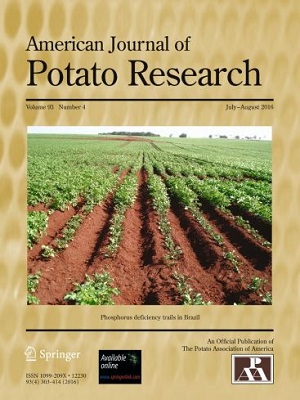Comparison of “Remote” versus “Easy” in situ collection locations for USA wild Solanum (potato) germplasm
Abstract
A basic question in germplasm collecting is whether the in situ genetic diversity in a given geographic range has been adequately sampled. While one would ideally sample all diverse sites with appropriate habitat, there is usually a practical bias against visiting relatively inaccessible sites. For wild potato in the USA, mountain habitats often include easy access locations (near roads, usually at lower altitudes), and relatively remote locations (usually high altitude crests that can be accessed only by trail hiking and camping). This work used AFLP markers to compare three southeastern Arizona mountain ranges for which multiple “easy” and “remote” Solanum fendleri populations had been collected. Of the total markers detected, 24%, 6% and 3% were unique to the “remote” locations, and 3%, 21% and 34% were unique to “easy” locations. This case study demonstrates that populations at such locations are not identical, but the most unique alleles are sometimes captured at the remote location, sometimes at the easy. The practical conclusion is that both locations need to be sampled and compared empirically in the lab for unique allele richness to identify locations with highest priority for additional collecting.

